Top 5 Ways to Entertain Your Students (Without Losing Control)
Top 5 Ways to Entertain Your Students (Without Losing Control)
Keeping students engaged doesn’t mean you have to sacrifice structure or discipline. In fact, a little fun can go a long way in creating a positive, productive classroom atmosphere.
Here are our Top 5 Ways to Entertain Your Students—while still keeping them learning!
1. Add a Dash of Drama
Act out vocabulary words, use silly voices when reading aloud, or pretend you’re a news reporter when introducing a topic. A little theatrical flair grabs attention and makes content memorable.
2. Use Music and Rhythm
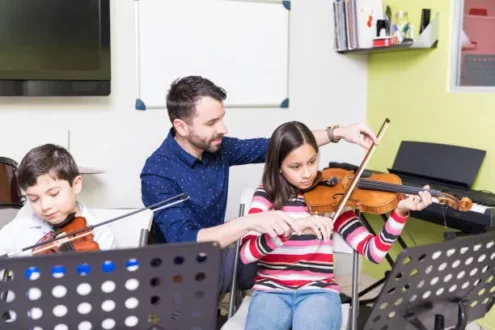
Create songs or chants to help students remember key facts. Use instrumental music during writing time or have “Dance Break Fridays” to boost energy and smiles.
3. Play Quick, Educational Games
Games like Simon Says, Bingo, or Four Corners can be easily adapted to review content. They feel like play but sneak in tons of learning.
4. Tell Funny (Clean!) Jokes or Stories
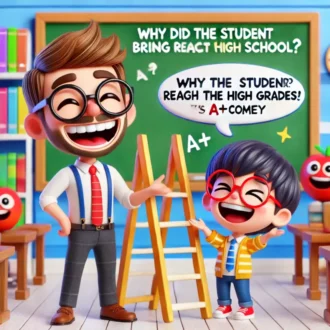
A well-timed joke can reset a restless class. Share a daily pun or a silly story from when you were their age. Students love knowing their teacher is human too.
5. Use Props and Costumes
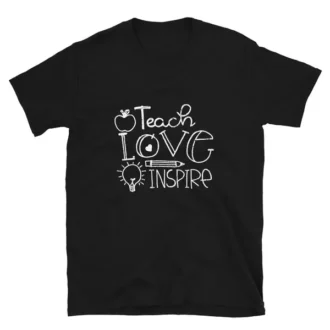
Wearing goofy glasses while grading, using a toy microphone for student presentations, or teaching a math lesson in a funny teacher shirt, you’d be surprised how something so small creates a big buzz in the classroom.
Bonus Tip:
Know your group. Some classes love extra silliness; others need structure with just a sprinkle of fun. The key is balance!
What’s your favorite way to add fun to your teaching day? Drop a comment and share the joy!
Why Funny Teacher Shirts Might Be Your Secret Superpower
If you’ve never worn a funny teacher shirt to class… you’re missing out!
Here’s why adding a little humor to your wardrobe might just be the easiest classroom win ever:
1. It Instantly Breaks the Ice
A shirt that says “I’m silently correcting your grammar” or “You can’t scare me, I teach Grade 3” gets students (and staff) smiling before the bell even rings.
2. It Shows You’re Approachable
A funny shirt signals that you don’t take yourself too seriously. That builds trust and makes you more relatable—especially to students who might feel nervous or shy.
3. It Becomes a Classroom Tradition
“Funny Shirt Friday” anyone? Students will look forward to seeing what you wear each week. Some might even suggest designs or bring in their own school-appropriate jokes!
4. It Sparks Conversation
Some shirts inspire questions, laughter, or even teachable moments. (Yes, you can totally explain a pun or idiom during morning meeting!)
5. It’s Fun for YOU!
Let’s face it: teaching is hard work. Wearing something that makes you (and everyone else) chuckle is a small, easy way to boost your mood and energy.
Need Ideas?
Try shirts with puns like:
“I’ve got class… and it’s in session.”
“My students are egg-cellent!”
“Teaching is my jam (and coffee is my fuel).”
So go ahead—rock that silly T-shirt. Your students will love it, and you’ll love the difference it makes.
Do you have a favorite funny shirt or slogan? We’d love to hear about it—share it in the comments!
Top 5 Lesson Ideas to Spark Student Engagement
Top 5 Lesson Ideas to Spark Student Engagement
Tired of the same old worksheets? Looking for creative ways to make your lessons come alive? These Top 5 Lesson Ideas are simple to set up, fun to teach, and designed to keep students curious, active, and excited about learning.
Let’s dive in!
1. Mystery Bag Lesson
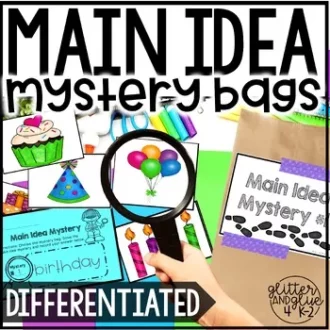
Great for: Vocabulary, storytelling, descriptive writing, science topics
How it works: Fill a bag or box with objects related to your lesson (e.g., a feather, compass, or toy dinosaur). Students reach in, feel the object without looking, and describe or guess what it is. Then, use it as a writing prompt, science discussion starter, or problem-solving task.
Why it works: It builds curiosity, activates prior knowledge, and makes abstract topics feel real.
2. Gallery Walk
Great for: History, science, reading comprehension, and art
How it works: Place materials (photos, texts, graphs, quotes, or student work) around the room. Students rotate in small groups, discussing or completing a task at each station.
Why it works: It gets students moving, thinking critically, and working together—perfect for breaking up a lecture-heavy day.
3. Role-Play Scenarios
Great for: Social studies, English, health, and conflict resolution
How it works: Assign students roles in a scenario (historical figures, story characters, community helpers). Let them act out a scene or debate a topic.
Why it works: It builds empathy, deepens understanding, and lets students apply their learning in creative ways.
4. Choice Boards
Great for: Any subject, especially review lessons
How it works: Create a menu of activities (e.g., write a poem, create a comic strip, record a video explanation) and let students choose which ones to complete.
Why it works: It encourages ownership, caters to different learning styles, and boosts motivation—students love having a say in how they learn.
5. Real-World Challenges
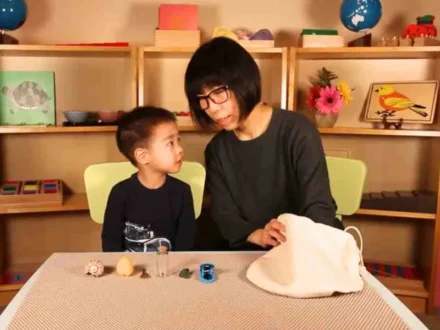
Great for: Math, science, and project-based learning
How it works: Present students with a real-life problem to solve—design a playground, plan a budget, reduce classroom waste, or build a bridge using straws and tape.
Why it works: It encourages collaboration, critical thinking, and shows students how their learning connects to the real world.
Final Tip:
These lesson ideas aren’t just engaging—they’re flexible! You can adapt them to different age groups, subjects, and learning levels. Try one this week and see how your students respond. Chances are, they’ll be asking for more!
Have a go-to lesson idea you love? Share it in the comments—we’re always looking for great ideas from amazing teachers like you!
Top 10 Classroom Tips Every Teacher Should Know
Top 10 Classroom Tips Every Teacher Should Know
Whether you’re a brand-new teacher or a seasoned educator, managing a classroom is always a dynamic challenge. The good news? There are some tried-and-true strategies that can make your day smoother, your students more engaged, and your teaching more effective.
Here are our Top 10 Classroom Tips to help you thrive:
1. Start with Clear Expectations
Set the tone from Day 1. Let students know what behavior, routines, and effort you expect. Be consistent and fair—it builds trust and keeps things running smoothly.
2. Use Routines to Save Time
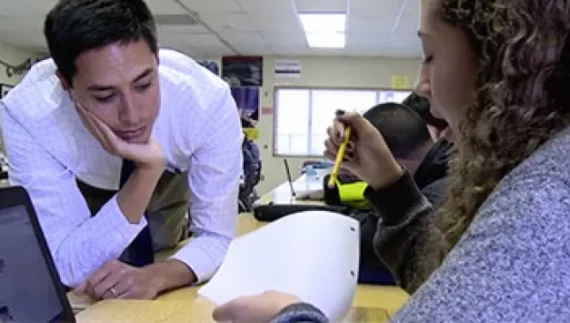
Routines aren’t boring—they’re powerful. Morning check-ins, handing in homework, and packing up at the end of the day are all smoother (and less stressful!) when students know exactly what to do.
3. Keep Instructions Short and Clear
Kids tune out long lectures. Break down instructions into simple steps, and check for understanding with a thumbs-up, a quick question, or having a student repeat the task.
4. Praise the Positive
Want more good behavior? Catch it when it happens. A quick “I love how you’re staying focused, Jack!” reinforces expectations and encourages others to follow suit.
5. Use Visuals
Charts, schedules, anchor posters, and cues help all learners—especially visual learners and those who need extra support. Bonus: it saves your voice.
6. Plan for Transitions
Transition times can become chaos zones. Give countdowns (“2 minutes left”) and use signals like music, chimes, or hand claps to keep things on track and calm.
7. Stay Organized (But Keep It Simple)
You don’t need to be Pinterest-perfect. Color-coded folders, labeled bins, and a visible daily agenda can make a huge difference in keeping you—and your students—on track.
8. Incorporate Movement
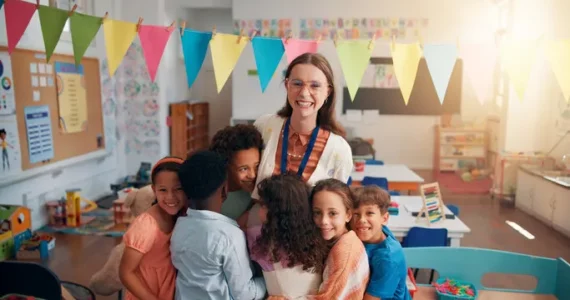
Even a quick stretch break can re-energize a class. Brain breaks, learning stations, or stand-and-share activities help students stay alert and engaged.
9. Build Relationships
Strong teacher-student relationships are the heart of a successful classroom. Greet students by name, show interest in their lives, and create a classroom where everyone feels safe and valued.
10. Reflect and Adjust
Every class is different. What works one year may need tweaking the next. Take a few minutes each week to reflect—what’s working, what’s not, and what can you try next?
Final Thought:
You don’t have to do it all perfectly. Teaching is a journey of learning, trying, adapting, and growing. Even small changes can make a big impact. Start with one or two of these tips and see how it transforms your classroom!
Got a favorite classroom tip we missed? Share it in the comments—we love hearing from fellow teachers!
